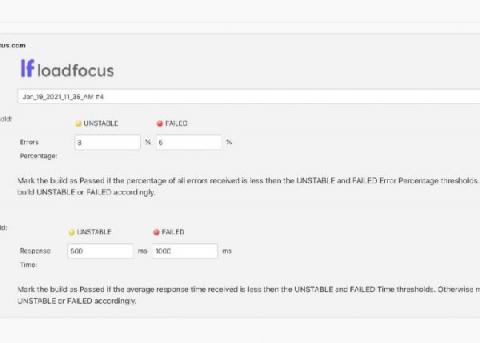Data and Customer Privacy: What Companies Need to Do
Today’s Data Privacy Day offers consumers an opportunity to learn about how companies use, collect, and share their personal information. At the same time, it gives companies a chance to focus on and highlight how they are protecting customer data. Although most businesses view data privacy practices as a way to mitigate their risk, good practices around data privacy can actually differentiate your organization from your competitors.











